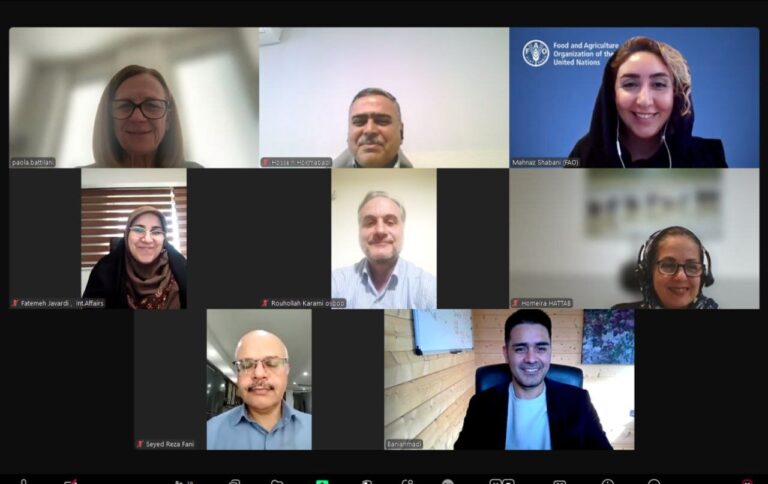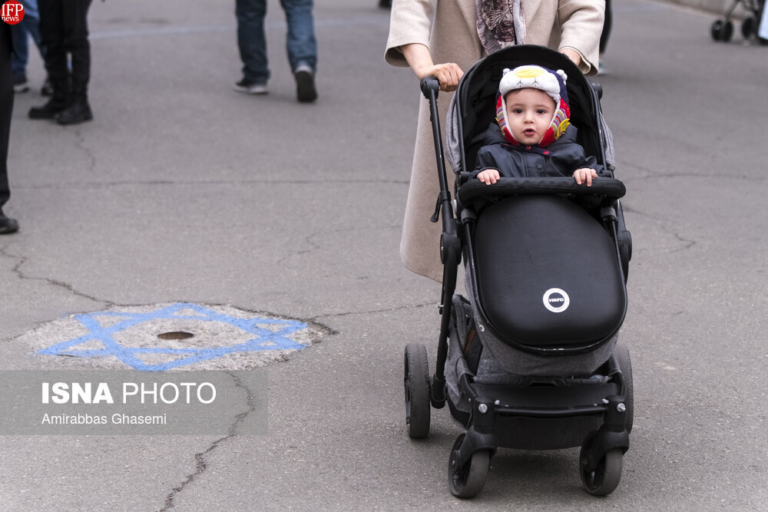Transforming Workplace Health and Safety: How AI and Digitalization are Leading the Revolution
Artificial Intelligence (AI) and innovative digital technologies are playing a crucial role in enhancing occupational health and safety (OSH) across various industries. This year’s observance of the World Day for Safety and Health at Work on April 28 focuses on the theme of “Revolutionizing health and safety: the role of AI and digitalization at work.” This theme emphasizes how AI and digital solutions are transforming workplace safety and efficiency.
As the integration of AI technologies continues to grow, it’s essential to understand their impact on OSH. Here are some key ways in which these advancements are changing the landscape of workplace safety:
- Automation of Tasks: New technologies are increasingly taking over repetitive and monotonous tasks, allowing human workers to focus on more complex responsibilities.
- Smart OSH Tools: The use of advanced monitoring systems and smart tools is becoming more common, helping to identify hazards before they escalate into serious issues.
- Virtual and Augmented Reality: Technologies such as extended reality and virtual reality are being utilized for training and simulations, providing a safe environment for workers to practice and learn.
- Algorithmic Management: Digital platforms are enabling better management of workflows, optimizing tasks for efficiency while maintaining safety standards.
Despite these advancements, it’s crucial to acknowledge the potential risks associated with the digital transformation of work. For instance, while robots and AI can effectively handle hazardous tasks, they also introduce new challenges. Workers maintaining or collaborating with these machines may face:
- Unpredictable Robotic Behaviors: The interaction between humans and robots can sometimes lead to unforeseen safety issues.
- System Failures: Technical glitches can pose significant risks if not managed appropriately.
- Cyber Threats: As reliance on digital systems grows, so does the risk of cyber attacks, which can compromise workplace safety.
- Ergonomic Risks: The use of wearables and exoskeletons can lead to discomfort or injury if they are not designed with proper fit and usability in mind.
The World Day for Safety and Health at Work serves as an important awareness campaign, aiming to highlight the significant issues surrounding workplace safety and health. By promoting a culture of safety and health, we can work towards reducing the incidence of work-related deaths and injuries.
Furthermore, the day emphasizes the necessity of preventing occupational accidents and diseases on a global scale. It also addresses the emerging risks associated with the ongoing digitalization of the workplace. Workers must be considered at every stage of technology adoption, as their involvement is vital for the safe implementation of these new tools.
Training and awareness initiatives are critical to ensuring that workers are prepared to use new technologies safely and effectively. By equipping employees with the knowledge and skills they need, companies can mitigate risks while maximizing the benefits of AI and digital innovations.
In conclusion, the theme of this year’s World Day for Safety and Health at Work underscores the transformative impact of AI and digital technologies on occupational health and safety. As industries continue to evolve, it is imperative to prioritize safety measures to protect workers from the unique challenges posed by these advancements. By fostering a proactive safety culture and investing in worker training, we can navigate the complexities of the modern workplace and ensure the well-being of all employees.






